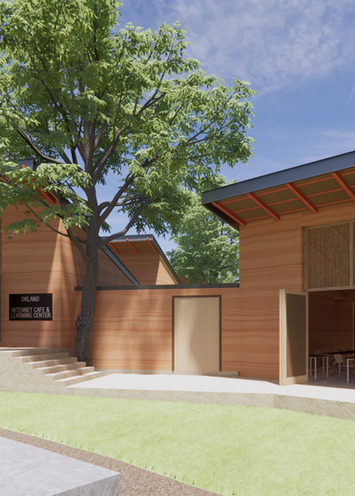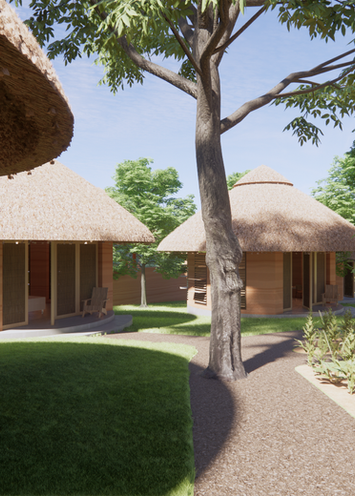Details
Overview
Pipeline Worldwide Foundation is a people-centered organization whose story spans over 10 years of working through and with various partners to create sustainable transformation in Uganda by building the resilience of vulnerable individuals, families and communities and improving their livelihoods.
Moyo, Uganda is a remote district in northern Uganda plagued with food insecurity, unemployment, and trauma. Only 15 years after the three-decade long Lord’s Resistance Army insurgency in Uganda, the district has also become a home to refugees fleeing civil war in South Sudan, with a refugee population nearly equaling the local population. Despite the immense challenges in service and resource provision that have accompanied this refugee influx, North Ugandans know what it means to be a refugee—and as a result, embrace the refugees.
As a result of the difficulty in reaching Moyo, many NGO’s have chosen to work in other needy places in Uganda. The immense need of this underserved community has cemented Pipeline Worldwide’s dedication to improve the quality of life for the people of Moyo, Uganda, with the goal of supporting their work in the region at a 3.5 acre humanitarian lodging and training campus at Lonyi Village.
Planned as a destination that will attract and recruit other travelers and support to the region, the Campus will provide lodging that is essential to drawing NGO support and voluntourism, while serving as an employment center and accessible training hub for Moyo and neighboring remote communities.
Conceptualized as the heart of the community and a space for gathering, the master plan for Lonyi Village is centered around a large pavilion hosting an indoor/outdoor café and demonstration kitchen. Guest cottages, staff housing, and support spaces extend radially from the heart of the project and are interspersed with demonstration gardens and small group pavilions. A series of larger pavilions host a welcome center and marketplace, learning center, and field offices along the primary axis at the entry to the project.
Structures within the master plan are designed with regional materials, used and built by local hands with no special skills or equipment. Each building has a distinct architectural partii that responds to the local climate and acknowledges the desire of this community to come together.













